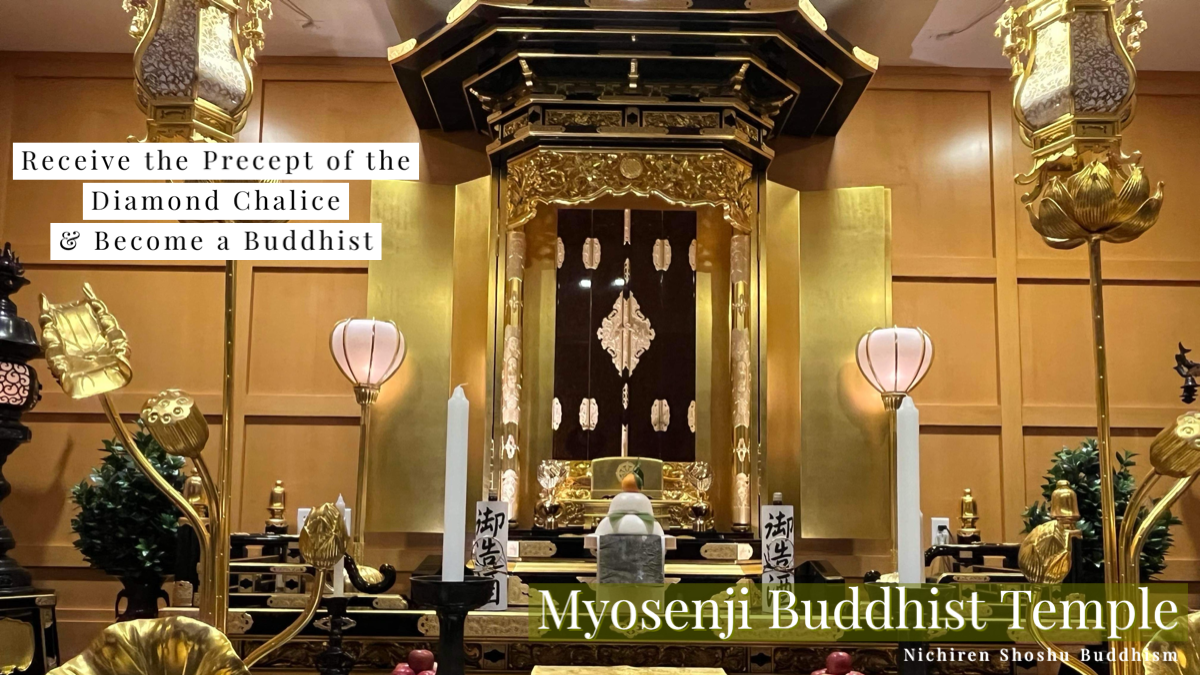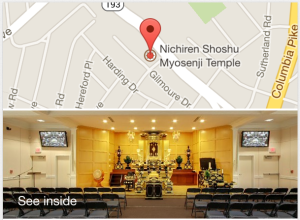
A passage from Nichiren Daishonin’s “Orally Transmitted Teachings” states:
Joining our hands in prayer is an alternative expression for the Lotus Sutra …. The two characters for joining the hands in prayer are contained in all phenomena, the entities of hell and hunger, respectively, and all the laws of the three-thousand worlds in their present condition join their hands in prayer and face the Buddha. (Gosho, p.1734)
When we, the common mortals of the nine worlds, join our hands in prayer with sincere determination in faith and face the Gohonzon, we become entities that manifest the principles of the “mutual possession of the ten worlds,” (jikkai goku) the “actual three-thousand realms contained in a single life-moment,” (ichinen sanzen) and the “attainment of Buddhahood in our present form” (sokushin jobutsu); thus, joining our hands in prayer arouses a feeling of faith.
The Symbolism of Joining the Hands in Prayer
Based on the principles discussed above, Nichiren Shoshu describes the meaning of joining our hands in prayer in the following way:
Our whole-hearted faith is represented by the eight petals of the lotus flower. This is also called the “lotus of the heart” or the “white lotus” and it depicts our Buddha nature. In joining our hands in prayer, the eight petals are represented by our eight fingers, and the two thumbs symbolize the father and the mother or the principles of “reality and wisdom” and “practicing for spiritual stability and wisdom.”
The Actual Practice of Joining Our Hands in Prayer
Most important is whether or not we position our hands correctly when we perform our morning and evening Gongyo (recitation of the Sutra) and chant Daimoku (chanting Nam-Myoho-Renge-Kyo). Many people begin with the correct posture but gradually lose their form. When the tension wanes, their fingertips start to bend and the hands separate. Others increase the tension in their hands too much and push their arms outward. Still others let their hands gradually fall below the chest. The correct form is sitting straight and chanting from the diaphragm.
Related Articles: Buddhist Prayer Beads (Juzu)
Reference: Basics of Practice, pages 48-53.


